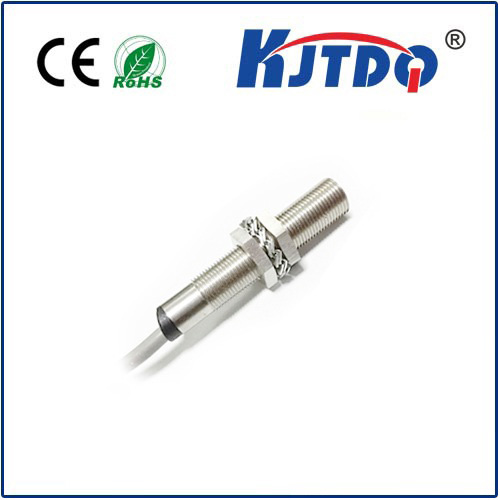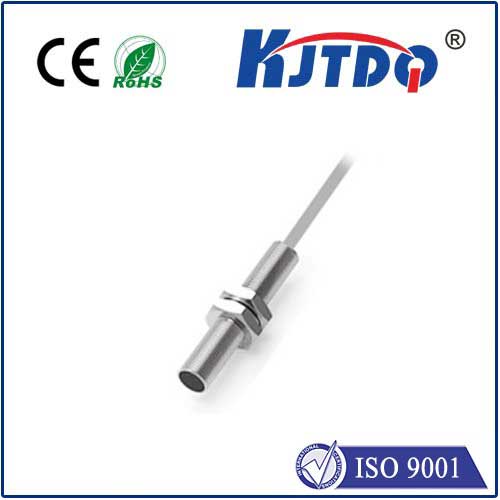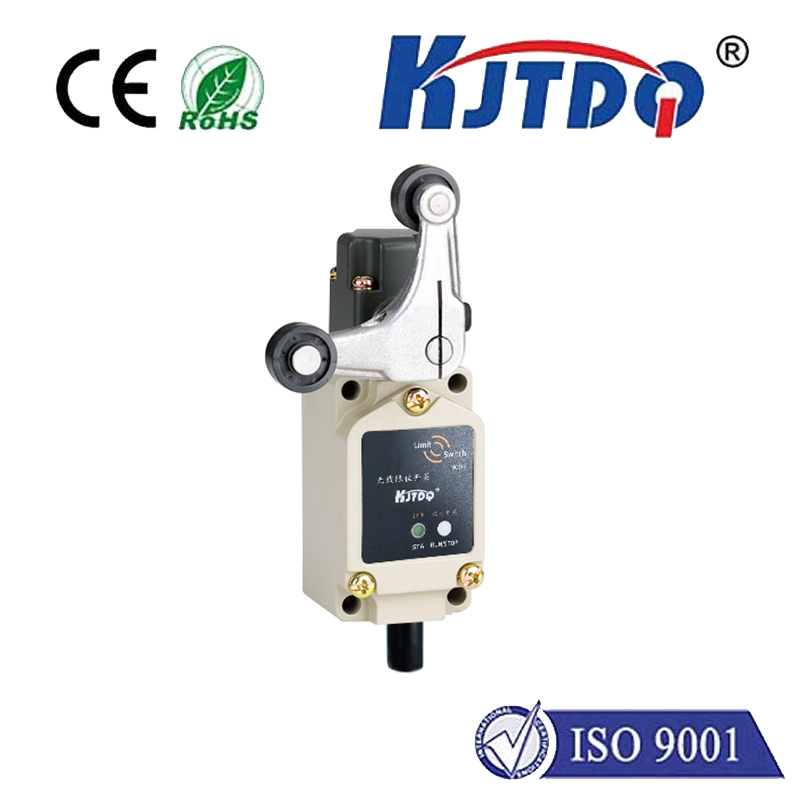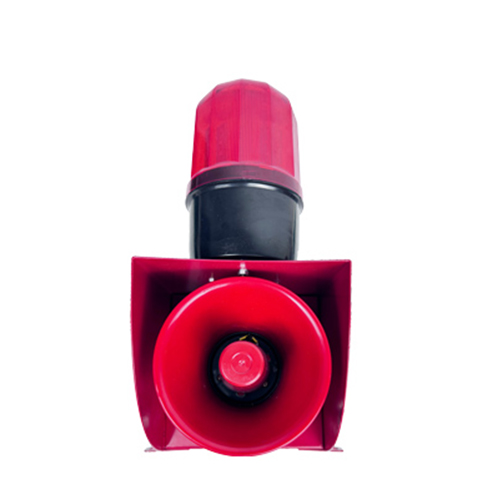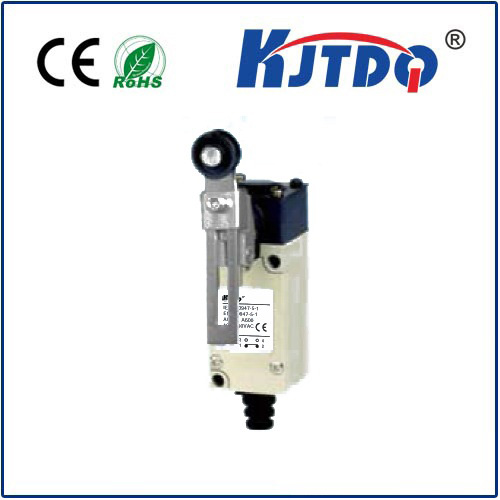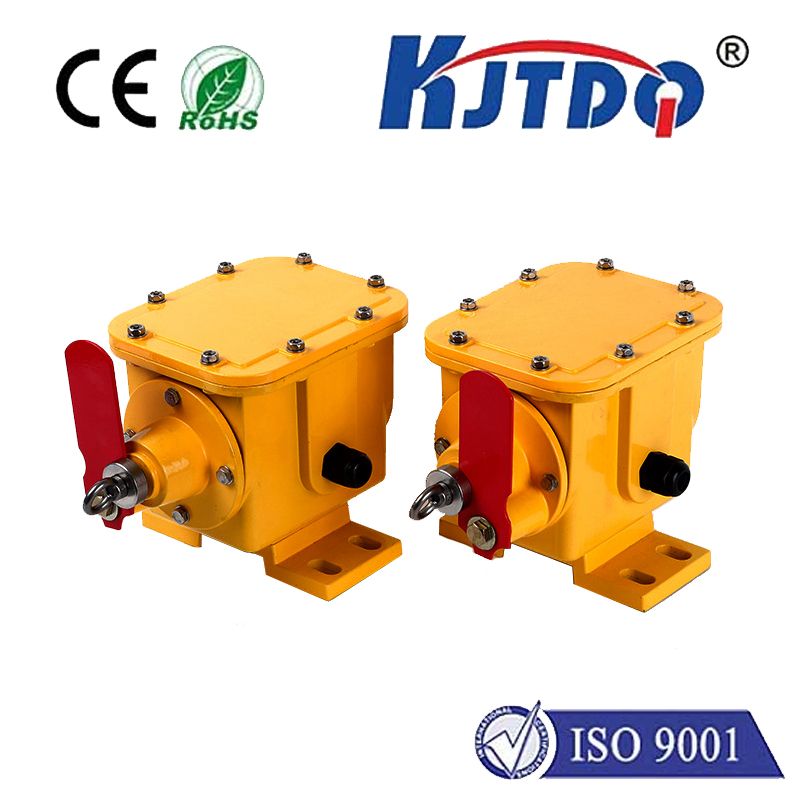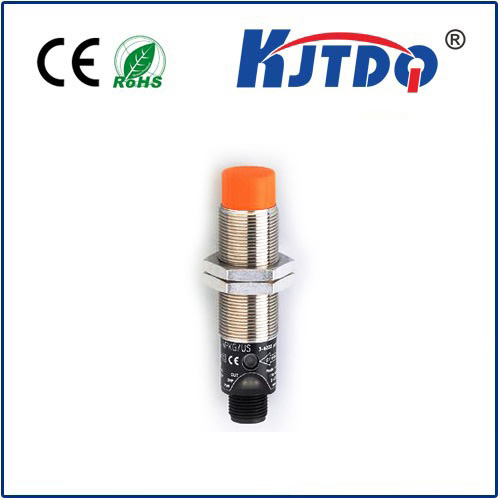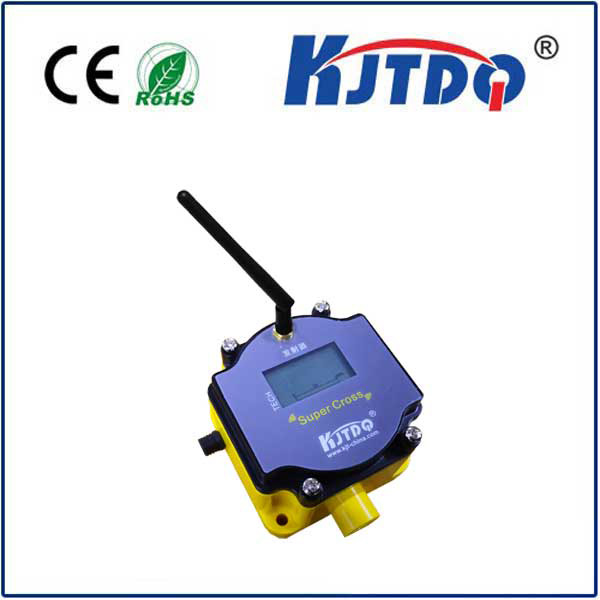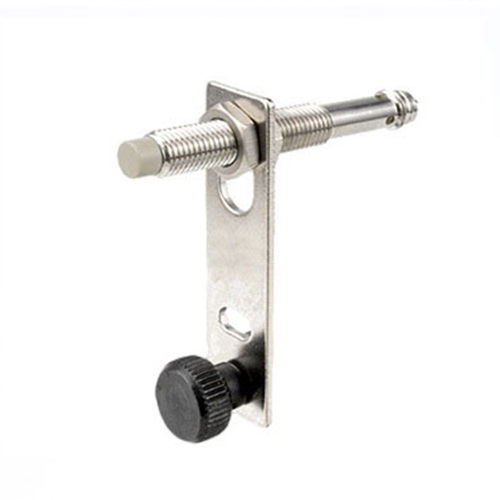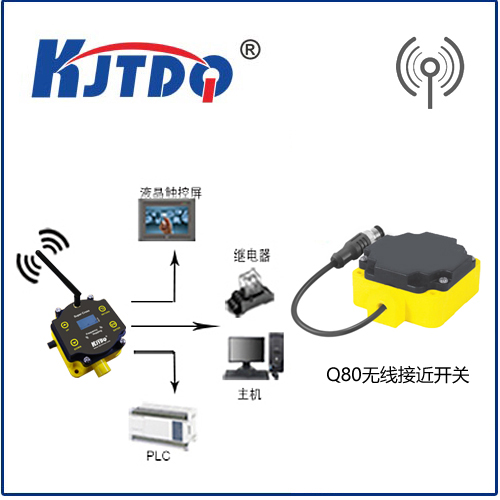BES01P3 high pressure proximity sensor
- time:2025-10-13 19:18:58
- Click:0
BES01P3 Proximity Sensors: Unlocking Reliability in High-Pressure Industrial Environments
Industrial automation thrives on precision and durability. Sensors form its nervous system, feeding critical data to control systems. But what happens when these essential components face the brutal conditions of extreme pressure? Standard sensors falter. Enter specialized solutions like the BES01P3 high pressure proximity sensor – engineered specifically to thrive where others cannot. Understanding its capabilities isn’t just technical jargon; it’s about unlocking operational reliability in some of the most demanding sectors.
At its core, a proximity sensor detects the presence or absence of nearby objects without physical contact. The BES01P3 belongs to this family but distinguishes itself through its exceptional resilience to high-pressure environments. Think hydraulic power units operating at hundreds or even thousands of PSI, deep-well drilling equipment, high-pressure compressors, injection molding machines, or robust fluid power systems. In these contexts, standard inductive or capacitive sensors risk failure due to seal breaches, housing deformation, or signal interference caused by immense surrounding forces.
The “high pressure” designation in BES01P3 isn’t incidental. It signifies a fundamental design philosophy focused on structural integrity and environmental sealing. Key features engineered to meet this challenge typically include:
- Robust, Pressure-Resistant Housing: Often crafted from high-grade stainless steel (like 303 or 316L), the housing is designed to withstand external pressure far exceeding typical industrial limits without deformation or compromising internal components. This is crucial for maintaining sensing accuracy and preventing catastrophic failure.
- Advanced Sealing Technology: Achieving an ingress protection rating like IP68 or IP69K is common, but under pressure, specialized seals are paramount. These often involve meticulously designed O-rings and sealing geometries capable of maintaining integrity even under sustained high pressure, preventing fluid or gas ingress that could damage sensitive electronics or disrupt sensing fields.
- Pressure-Compensated Design (Conceptual): While specific implementation varies, the principle involves ensuring that internal components or the sensing mechanism itself is designed to function correctly regardless of significant external pressure differentials. This prevents false triggering or signal loss.
- Optimized Sensing Technology: Typically leveraging inductive sensing principles (detecting ferrous metal targets), the BES01P3 is optimized for reliable operation amidst the potential electrical noise and physical stresses inherent in high-pressure zones. Its sensing range (switching distance) is precisely calibrated for consistent performance under these unique conditions.
- Extended Temperature Tolerance: Environments generating high pressure often involve significant temperature swings. Therefore, BES01P3 sensors are usually rated for a wide operating temperature range, ensuring performance isn’t compromised by thermal extremes.
Why does the BES01P3 Matter? Uncompromised Performance Where It Counts

The value proposition of the BES01P3 high pressure proximity sensor lies in its ability to deliver unwavering reliability precisely where failure is not an option. Its application directly translates to:
- Enhanced Safety: Preventing leaks or component failures in high-pressure systems is critical. Reliable position feedback on valves, pistons, or clamps ensures systems operate within safe parameters. A malfunctioning sensor could lead to uncontrolled pressure release – the BES01P3 acts as a vital safeguard.
- Reduced Downtime: Sensor failure in a critical high-pressure application often means halting an entire line or process. The robust construction and pressure resistance of the BES01P3 drastically reduce unscheduled downtime caused by sensor malfunctions under stress.
- Improved Process Control: Accurate and consistent detection of cylinder end positions, valve states, or machine component locations is fundamental for precise control loops. The BES01P3 provides this critical feedback reliably, even under pressure spikes or sustained high loads, ensuring product quality and process efficiency.
- Lower Total Cost of Ownership (TCO): While the initial investment might be higher than a standard sensor, the BES01P3’s longevity, reduced failure rate, and minimized maintenance needs in harsh environments lead to significantly lower costs over its operational lifespan. Fewer replacements and less associated downtime translate to substantial savings.
Deploying the BES01P3: Industries Demanding Robustness
This sensor isn’t a universal tool; it’s a precision instrument for demanding fields:
- Hydraulics & Pneumatics: Monitoring cylinder positions, valve spools, or pressure accumulator states in systems operating at very high pressures.
- Oil & Gas: Applications in drilling, wellhead control, pipeline monitoring, and refining processes where both high pressure and potentially corrosive environments are prevalent.
- Heavy Machinery & Off-Highway Equipment: Hydraulic excavators, presses, forging equipment, and agricultural machinery subject to extreme hydraulic pressures.
- Power Generation: Monitoring critical components within high-pressure steam and water circuits in turbines and boilers.
- Chemical & Process Industries: Ensuring safe operation of reactors, pumps, and valves handling fluids under significant pressure.
- Marine & Offshore: Equipment exposed not only to pressure variations but also harsh saltwater environments.
Selecting and Integrating for Success
When integrating a BES01P3 or similar high-pressure proximity switch, ensure you match its specifications to the specific demands of your application:
- Confirm Pressure Rating: Verify the sensor’s rated maximum withstand pressure exceeds your application’s peak operating pressure, including potential surge pressures.
- Material Compatibility: Ensure the housing material (e.g., 316L stainless) is compatible with any fluids or gases it might encounter, especially in potentially corrosive settings.
- Electrical Specifications: Double-check voltage requirements, output type (NPN/PNP, NO/NC), and connections to seamlessly integrate with your control system.
- Mounting Considerations: Proper mounting is critical for both performance and pressure integrity. Follow manufacturer guidelines precisely regarding sealing surfaces and torque specifications. Secure installation prevents leaks and ensures accurate sensing.
- Environmental Factors: Consider temperature extremes, vibration levels, and potential chemical exposure beyond just pressure.
The Indispensable Sentinel in High-Stress Zones
The BES01P3 high pressure proximity sensor is far more than just a component; it’s a reliability enabler. In environments where standard sensors quickly succumb to the crushing forces of pressure, it stands resilient. Its specialized construction, advanced sealing, and pressure-optimized design deliver the consistent, accurate feedback necessary for safe, efficient, and uninterrupted operation. For engineers and operators battling the challenges of high-pressure systems, leveraging the robustness of the BES01P3 is a strategic decision – one that safeguards assets, ensures uptime, and underpins the smooth flow of demanding industrial processes. Its role as a dependable sentinel in these critical zones makes it an indispensable asset for modern, heavy-duty automation.






